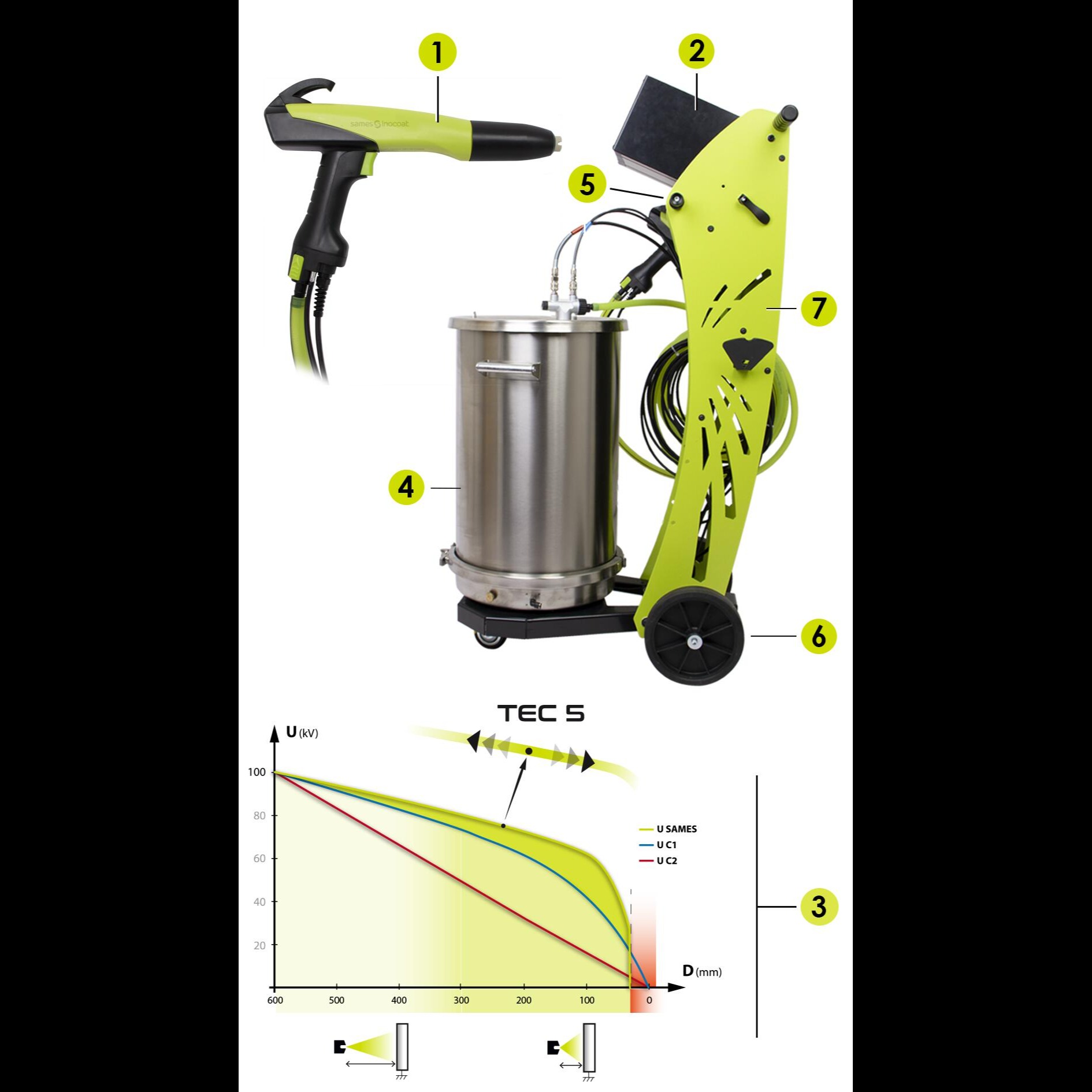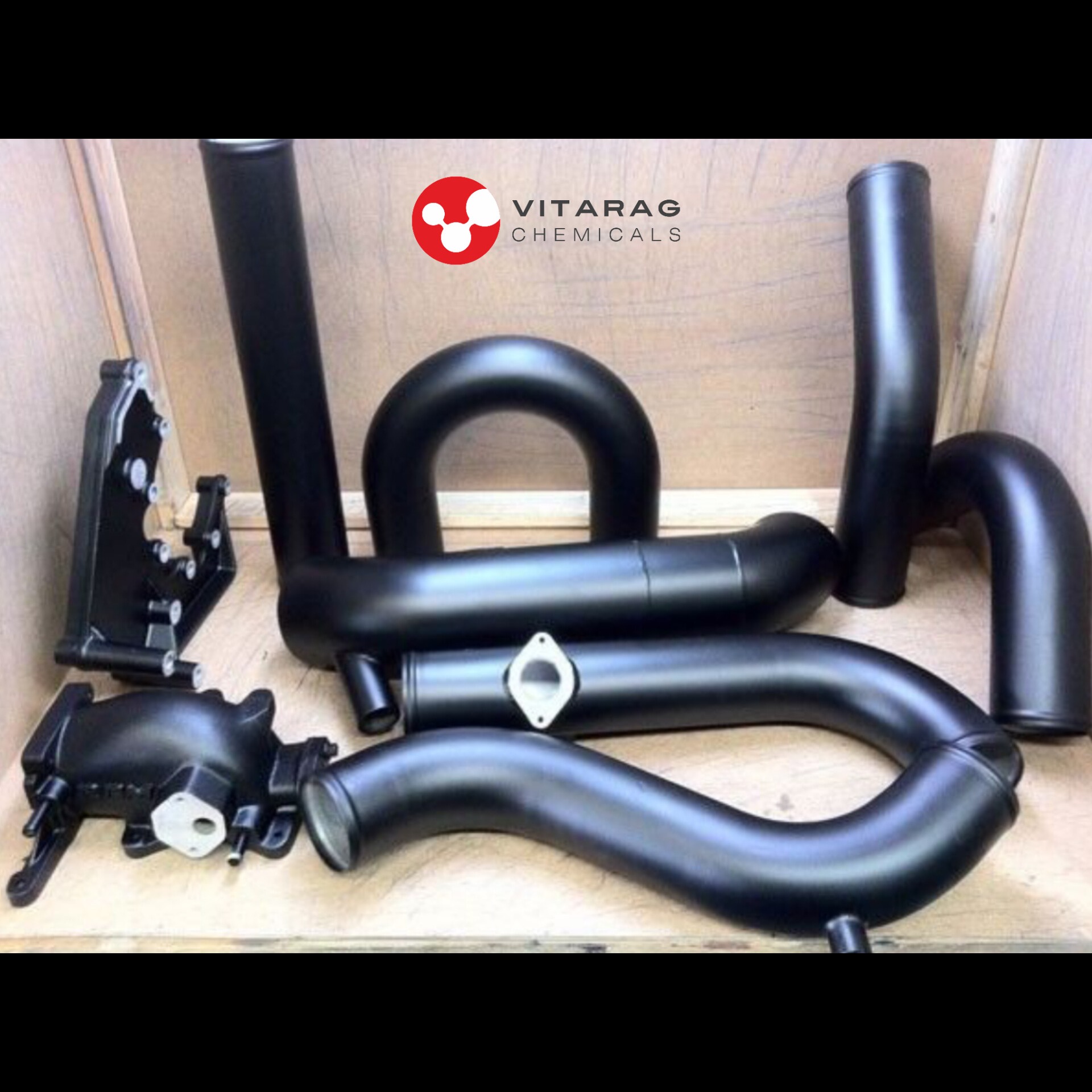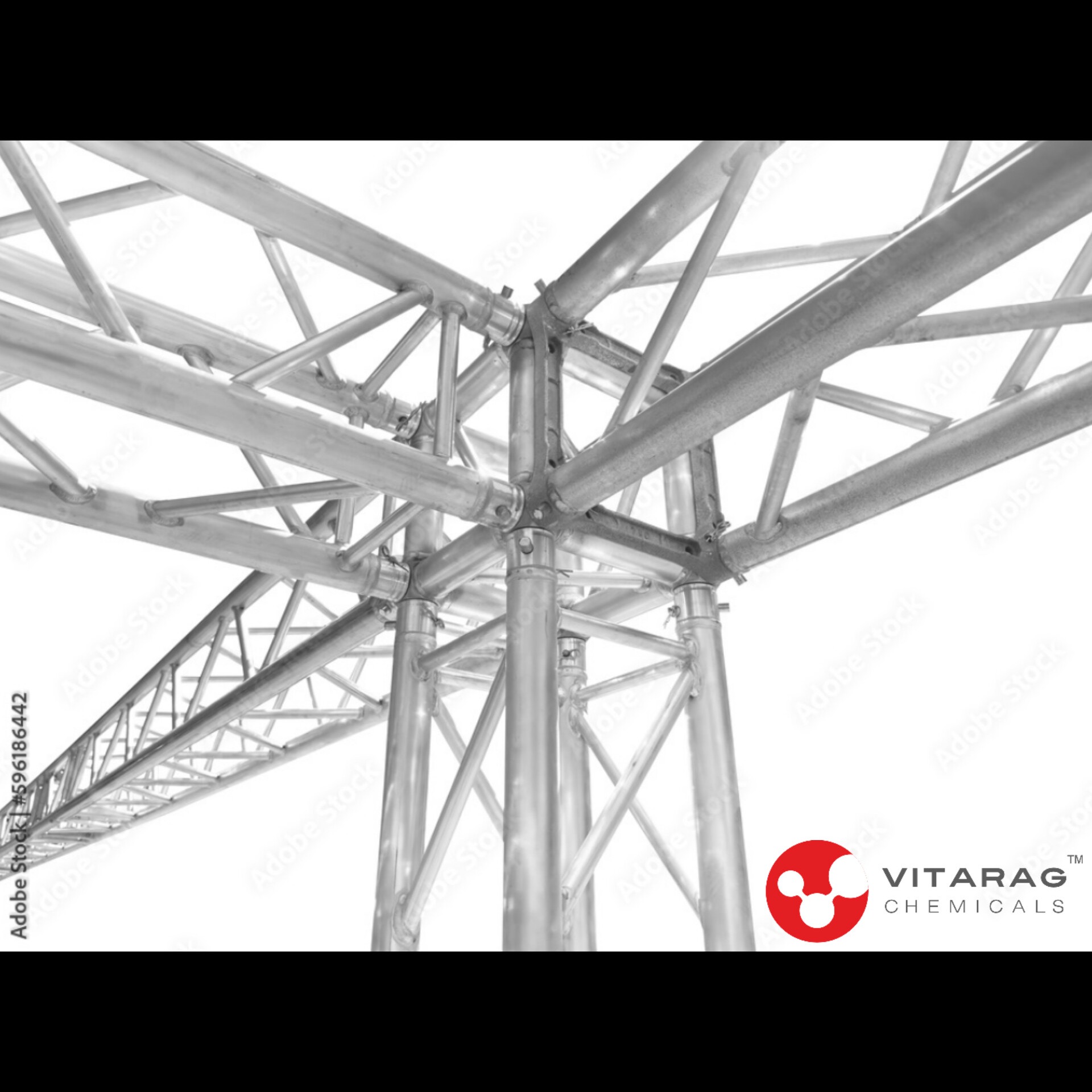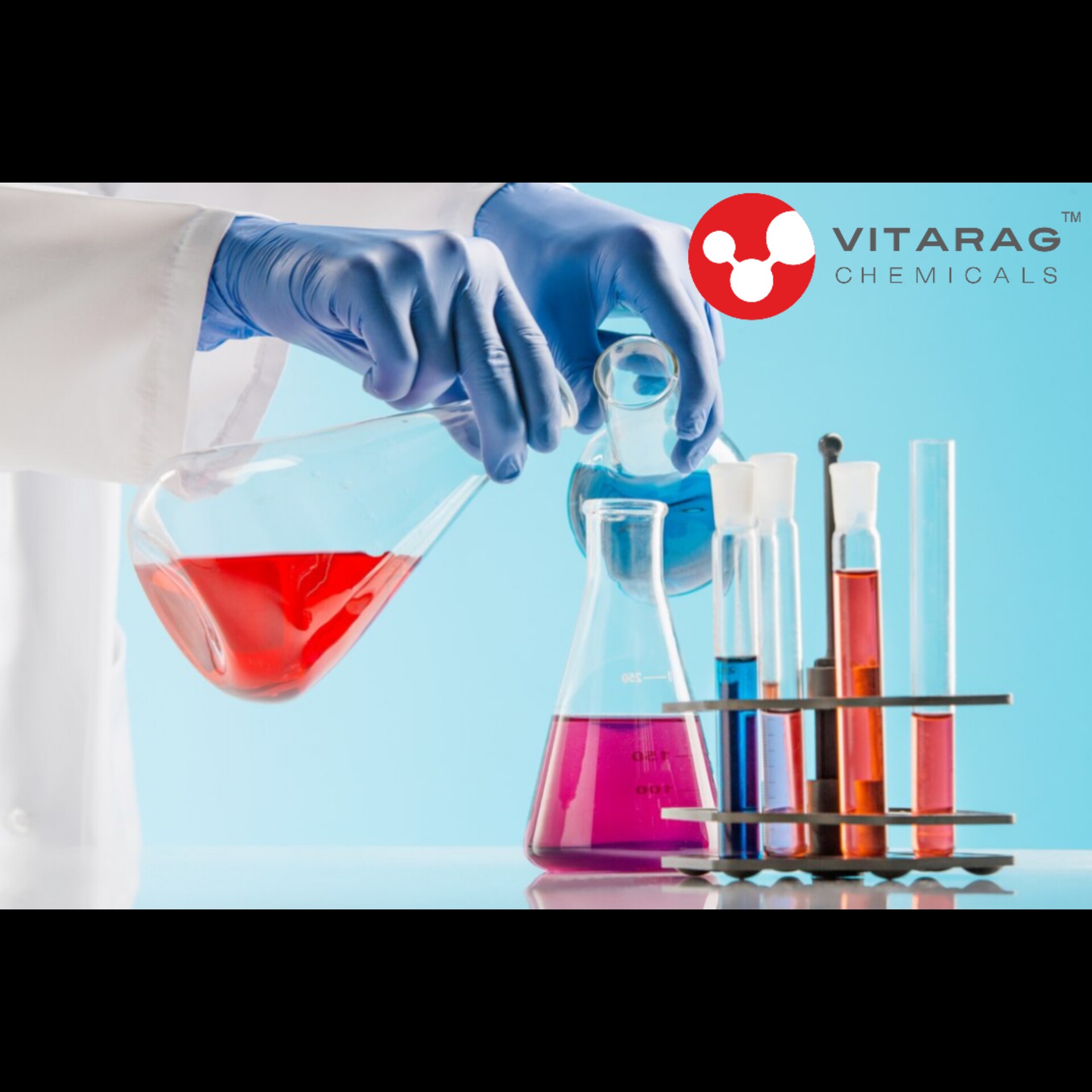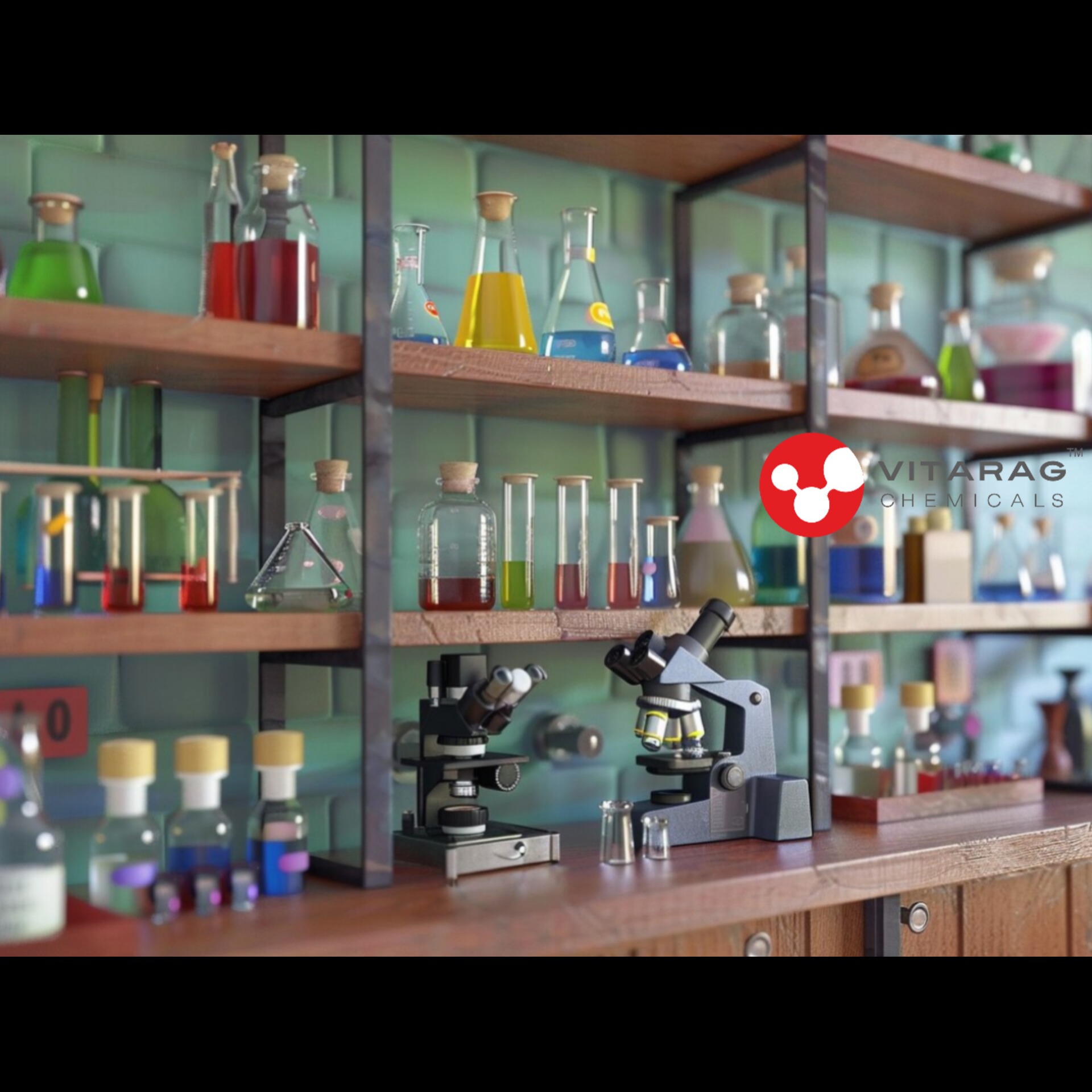
7-tank process for powder coating Pre-treatment Chemicals.
- The 7-tank process is a widely used pretreatment method in powder coating applications, especially for ferrous (steel) and non-ferrous (aluminum) metals. This chemical process prepares the metal surface for powder coating by removing contaminants, improving adhesion, and enhancing corrosion resistance.
- Here’s a typical breakdown of the 7-tank process steps:
1. Degreasing
- Purpose: Removes oil, grease, and dirt from the metal surface.
- Chemicals: Alkaline or solvent-based degreaser.
2. Water Rinse (1st Rinse)
- Purpose: Rinses off degreasing chemicals.
- Water: Usually fresh or treated water to avoid contamination.
3. Derusting / Pickling
Purpose: Removes rust and mill scale.
Chemicals: Mild acid solution (like phosphoric or hydrochloric acid).
4. Water Rinse (2nd Rinse)
- Purpose: Removes acidic residues after pickling.
- Water: Clean or treated water.
5. Activation / Surface Conditioning (Optional but common)
- Purpose: Prepares surface for better phosphating.
- Chemicals: Activators such as titanium or fluoro-based compounds. #
6. Phosphating
- Purpose: Converts metal surface to a non-metallic, corrosion-resistant phosphate layer.
- Types: Zinc phosphate (for better corrosion resistance), Iron phosphate (simpler, lower cost).
7. Final Rinse / Passivation
- Purpose: Rinses phosphated surface and may include passivators.
- Additives: Chromate-free sealers or deionized water to prevent flash rusting. #7-tank process for powder coating Pre-treatment Chemicals Manufacturer.

